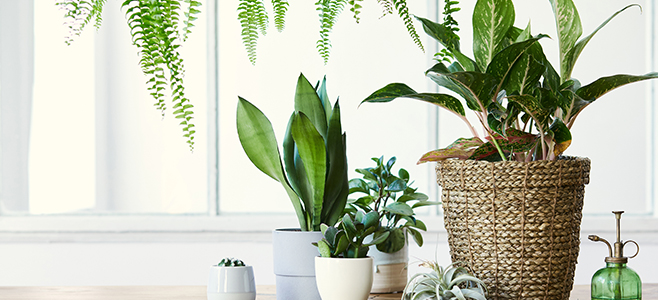
Thanks to the portability of dwarf fruit trees (trees grafted onto dwarf rootstock), it’s possible for anyone to enjoy homegrown lemons, oranges, limes or grapefruit – even those who live in climates that experience hard winters.
Indoor citrus trees aren’t difficult to care for, but their care needs are crucial – you can’t afford to ignore them if you want a thriving tree that produces premium citrus fruit. These needs include such criteria as ensuring your tree has well-draining soil, humidity, proper water, and light.
Indoor/Outdoor Trees
If you’ve been tempted by the online citrus trees you’ve seen for sale online but worried you wouldn’t be able to keep one alive, take heart – with a little research and preparation ahead of time, you can extend your citrus tree lifespan for many years.
Before you start looking to buy citrus trees to grow indoors, it’s important for you to know that growing fruit is an energy intensive process. Dwarf citrus trees have the highest light needs of any edible plant you can grow. For both full-size and dwarf citrus trees, Florida is a great growing location because they can have exposure to the sky at all times. It’s not likely you’ll be able to replicate this habitat without having an exceptionally bright room or sunroom.
While it is possible to grow a dwarf citrus tree indoors 24/7, the fact is your tree will probably be healthier if it spends at least part of the year on your patio. During the winter, fruit trees don’t need as much light as they do in the summer, but they still require a lot, so plan carefully for when it’s time for your tree to come indoors.
What do you want from your tree?
Assuming you’re feeding and watering your tree properly and it likes the soil and humidity level you have it in, it will probably look green and beautiful on just 6 to 8 hours of direct sunlight per day. If you want fruit from your tree, however, it’s probably going to need 2 or 3 hours more.
Full Sun vs. Partial Sun
For a growing environment to be considered “full sun,” the plant must be exposed to 6-8 hours of sunlight per day. Anything less than that is a “partial sun” environment. You can meet your potted citrus plant’s needs for full sunshine by keeping it outdoors during the growing season, but once you bring it inside for the winter, it’s considered to be in a partial sun environment – even if you keep it near a sunny window.
If you have a sunroom or greenhouse, your citrus tree might receive the light it needs to be a healthy, fruit-producing tree. If not, however, you should strongly consider supplemental artificial lighting.
Adding Artificial Lighting
Nothing beats the real thing, but you can use artificial lighting to make up for your citrus tree’s lack of natural sunlight.
Full spectrum plant lights (available online or in local hardware stores) come in a variety of styles. The most common types include LED and fluorescent bulbs, but incandescent and high-pressure sodium bulbs are also available. Whether you buy a designated lamp or simply a plant bulb to insert into the lamp of your choice, you will want to ensure the bulb is directed at your citrus tree. It if it not an overhead light, you will need to rotate your dwarf tree as necessary.
Keep in mind, if you have a light meant for germinating seeds or growing herbs, this probably won’t be enough for your dwarf citrus tree. Your tree will need a full-size bulb, and if you have more than one tree each will need its own light.
How much is too much?
Okay, you get it – your indoor citrus tree needs a lot of light! But don’t fall into the trap of giving it too much light.
Yes, it is possible to give your potted citrus tree too much light. Some enthusiastic folks have charged ahead and left the lights on their indoor trees around the clock, thinking the more the better, but that’s not the case. Imagine how you yourself would feel if you were trying to sleep, but couldn’t dim the room? It’s the same for your potted citrus tree – if you don’t let it rest, it will be too tired and stressed to produce fruit, so make sure you don’t light it for more then 12 hours in a 24-year period. Nine or ten hours is the sweet spot, up to twelve is permissible, but over twelve is overkill.

